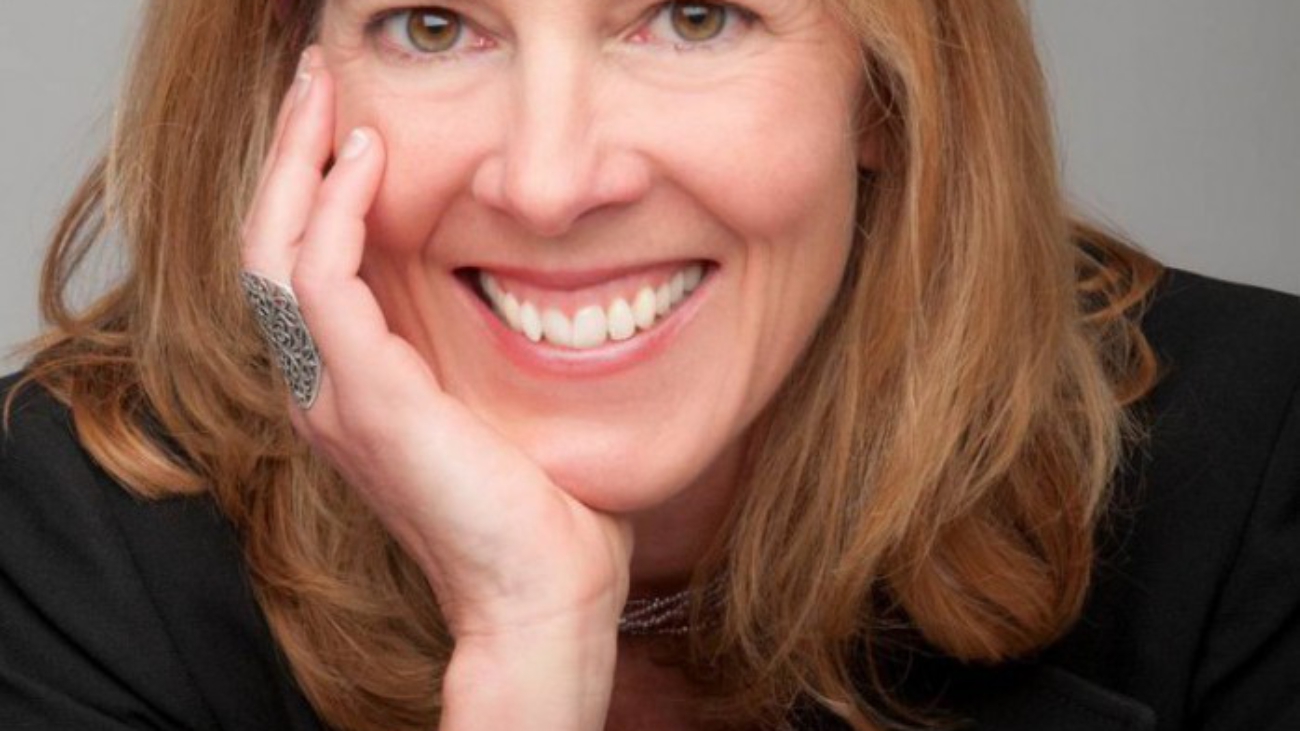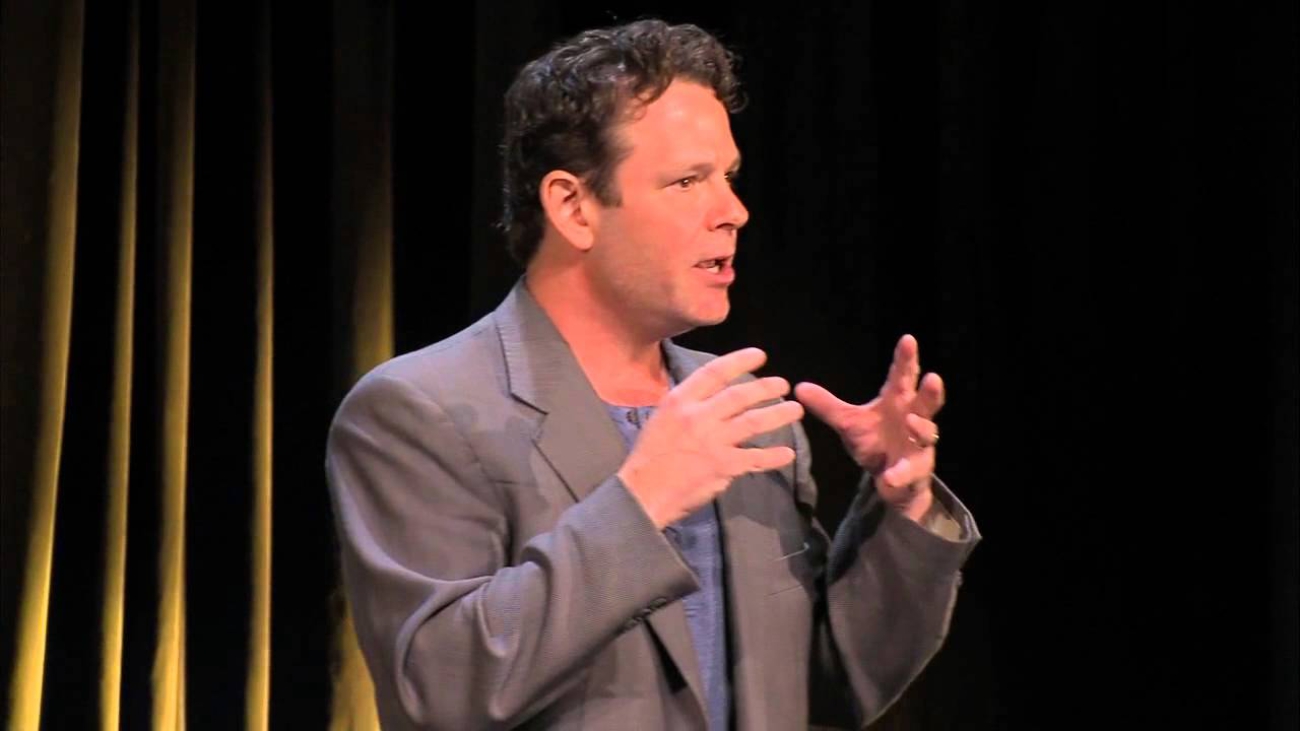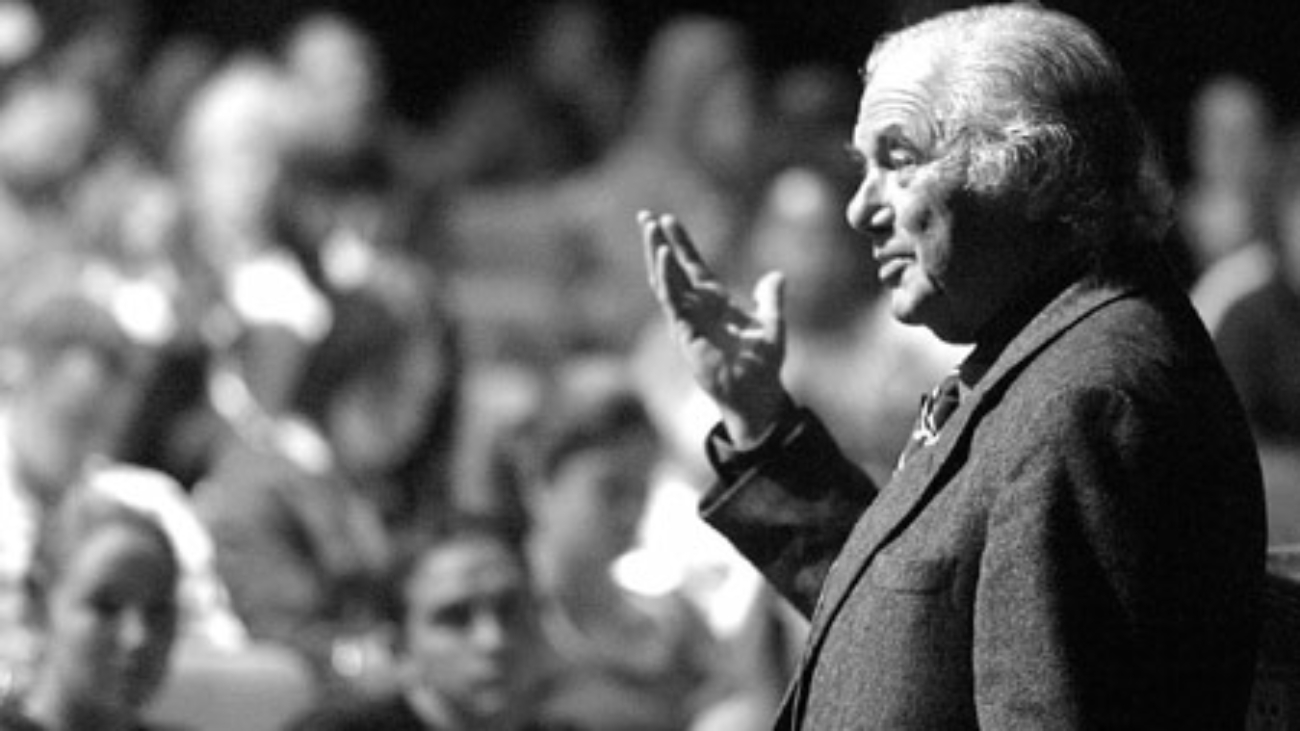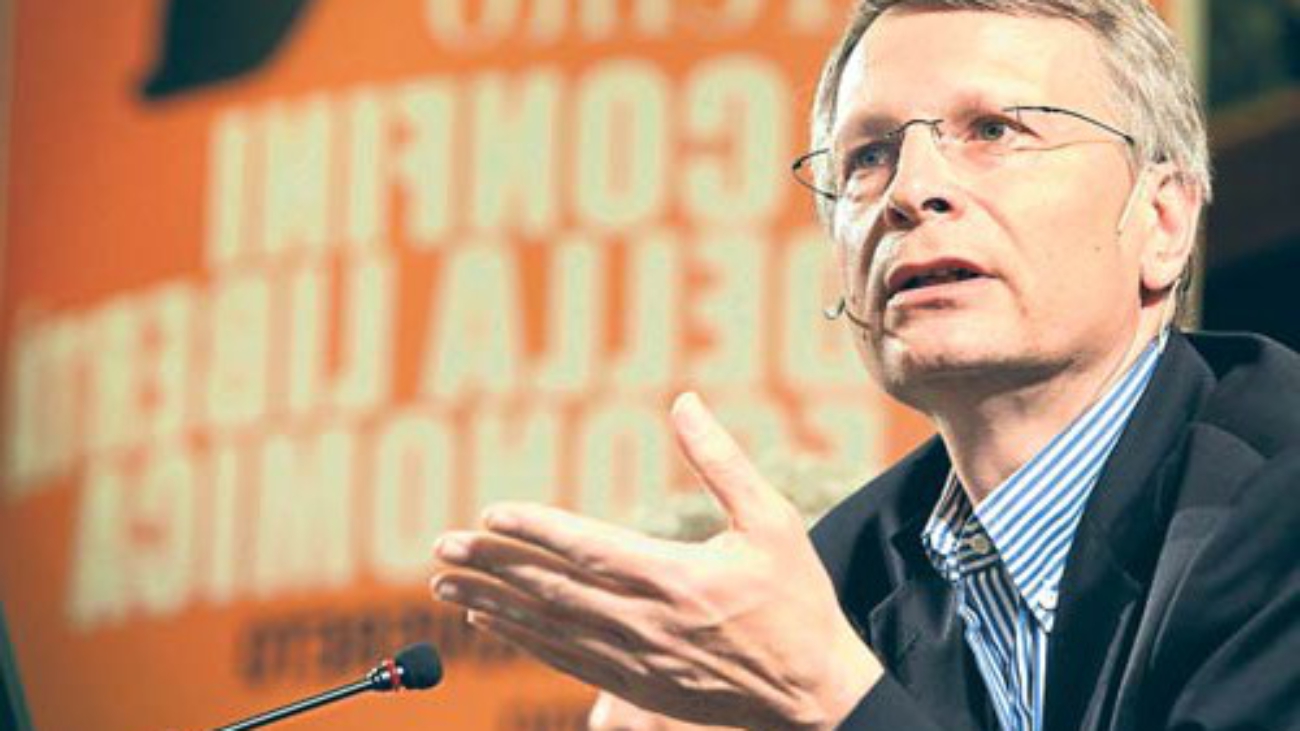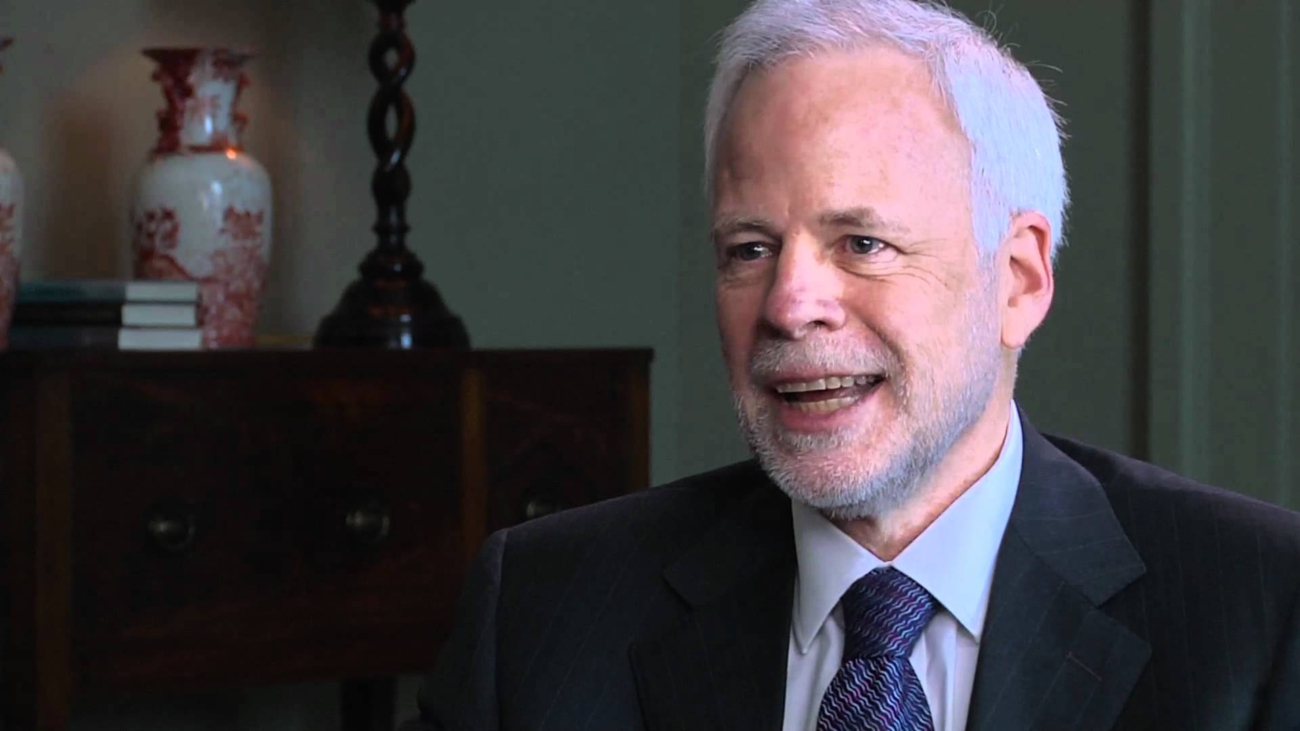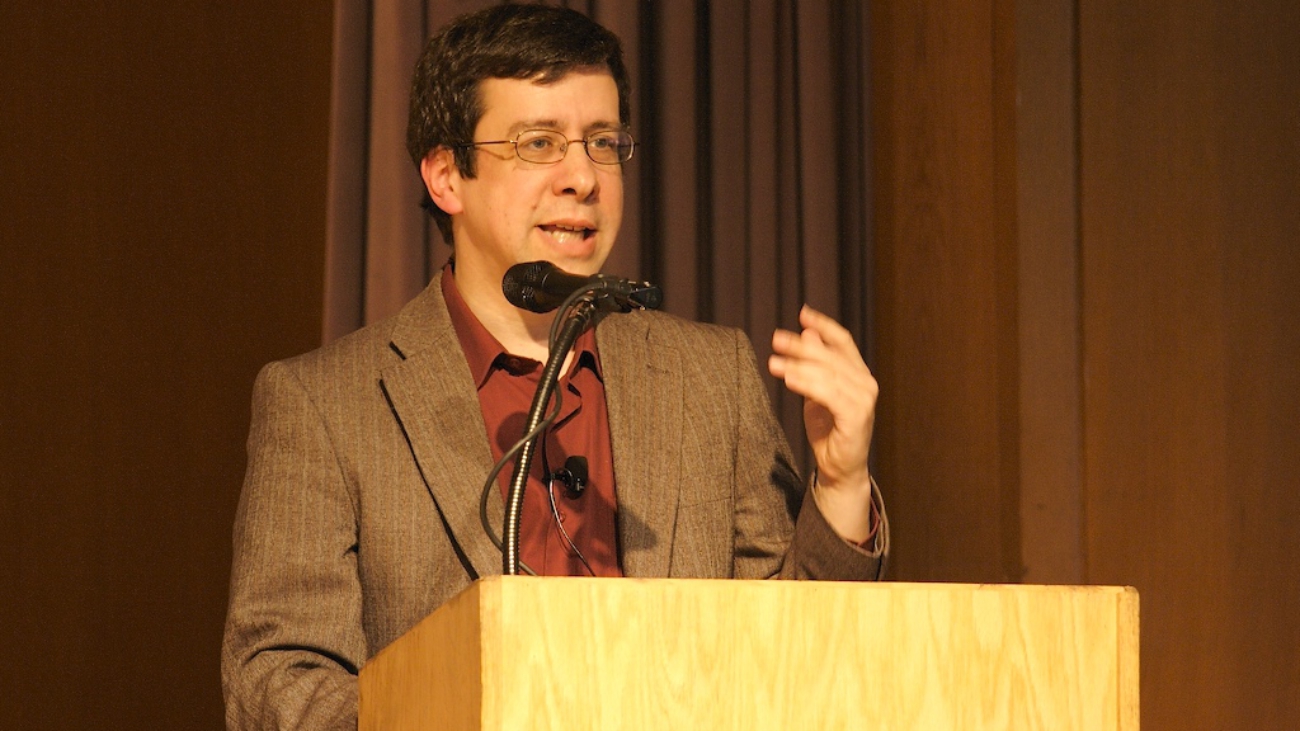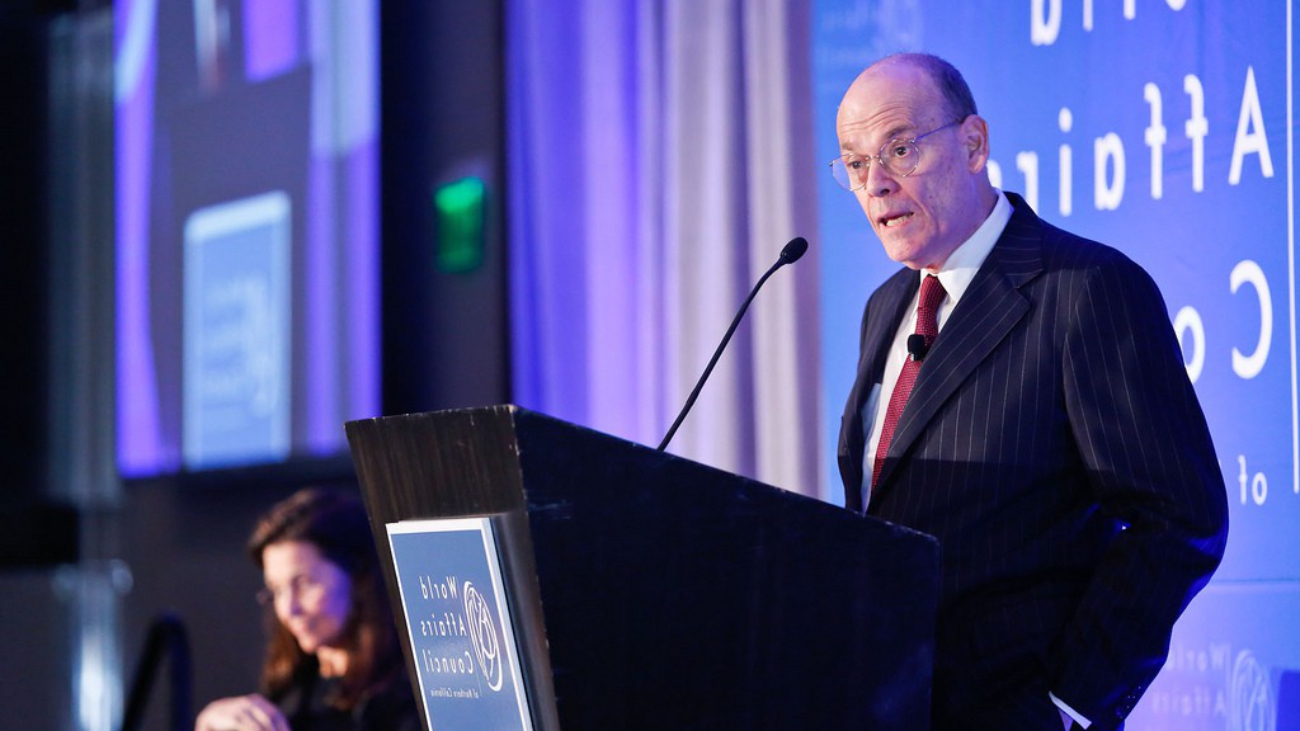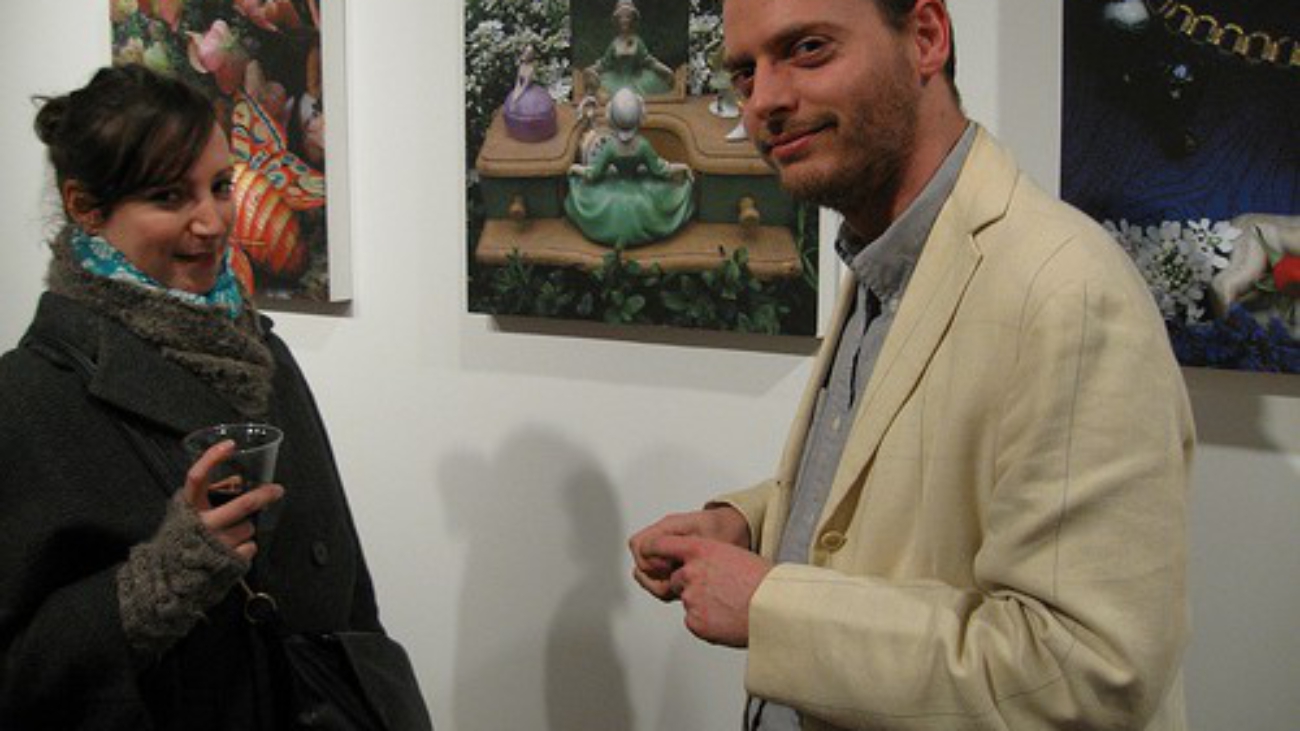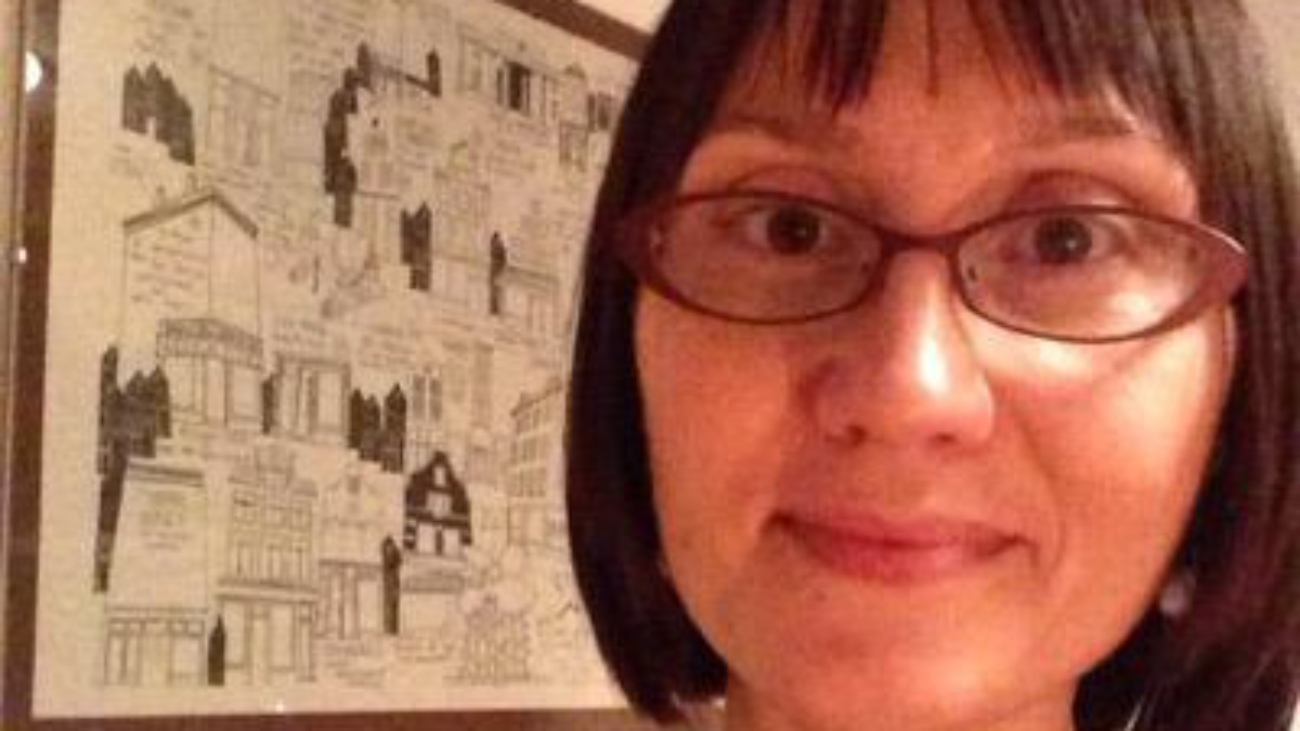Money and Me
Interview by Jagged Mirror.
This conversation was recorded on a full moon in December during a pause from exchanging energy for money with the outside world.
Jagged Mirror: Do you remember what cash felt like in your hands when you were a kid? Wasn’t it thicker then, like dollar bills were actually heavier than they are now? Twenty-five dollars was a lot of money then, remember? You came home with that much every Sunday making omelets at the Sunday Times in the heart of south Baltimore.
Lisa Fitzhugh: I worked hard for that cash. Always “under the table.” Hard cash. I was a short-order cook when I was twelve. Seasoning omelet pans with pounds of salt. My skin slippery with the smell of eggs, butter, bacon, heat. And the burns on my arms from the stove….I was earning my keep, don’t ya know. But most of the time I gave my mom the money because we were broke, and that way I had some say about what we bought at the store. Our groceries for the week. On twenty-five dollars, all.
Were you just working for the money? What motivated you?
I never worked just for the money. My mom’s photography studio was above the restaurant, and I was always hanging out doing homework, or just passing time waiting for my mom to finish up in the darkroom. The cook was an interesting woman, an artist like my mom, and she asked me to help her out on Sundays when the restaurant was open for brunch. I guess I wanted to help. I liked to cook, and she inspired me.
So you were inspired and the money was just a bonus?
Let’s be real. The work was hard. People were always pissed off because their orders weren’t what they asked for, or we took too long. I was greasy and tired by the afternoon and then I usually still had schoolwork to do. I wouldn’t have done it for free. But what moved me in her direction, into her kitchen, was inspiration. I had no leverage about how much money I could make. I took whatever she offered me. But it was an exchange. My time, my attention, my energy in her kitchen. And for all of that on Sundays, I got twenty-five dollars. Seemed fair then. Still does.
Do you always work from inspiration? And then the money follows?
Are you serious? Definitely not. I got lost many times in the quest for title, position. But even then, even when I was fueled by ambition, I wasn’t working for the money. I was working for the challenge of it. I knew I’d always have to work to survive, and that money was the currency of exchange for my blood, sweat and tears, but what I really wanted was intangible, unquantifiable. I wanted purpose. I wanted to be of use. I wanted to express my gifts. I wanted to participate in this larger world where everyone seemed to be engaged in something. So I headed in, just at the dawn of my own adolescence, to be part of the dance of progress with the world.
Isn’t that what everyone wants? To be of use? To show up and offer ourselves to the places or the people who need us, who need our gifts, and then offer us some kind of currency in exchange?
I don’t know. I think many of us want to be “invited” to the dance. I think the invitation matters. The desperation of looking for a job, anything to pay the bills, and finding no reception is a kind of hell. Think of all the people in America right now who are living in that kind of hell. But we all have these gifts, and I think it’s universal that we want to share them with the world. I think our survival depends on it. So we offer ourselves up. We step into the arena, and we’re paid to contribute. But all too often, it’s not for our gifts. It’s for our purely mechanical or cognitive labors. So our gifts remain hidden, even to ourselves.
The cook at the restaurant invited me into her kitchen and inspired me with her own love of cooking, and her invitation revealed to me that I had an innate sense of how to make food delicious. I didn’t go on to become a cook, at least not for money, but there was her acknowledgement of the gifts I did bring, even then.
Can we dig around in this idea of “gifts?” What do you mean? Gifts imply something innate, something we came in with.
Gifts to me are like sensitivities, a heightened attunement to something outside of us that makes us “gifted” at seeing the nuances, the opportunities, or the solutions in a particular realm. We can be more sensitive to the body, or to fabrics, to movement or to the soil. When we’re sensitive, we seem to be paying even more attention to these spaces or things, and then we can change them, heal them or create within them with a gift that sets us apart. I think it’s related to our intuitive sense.
I think we can develop our sensitivities, our intuitive senses. But it’s not by building cognitive skills or mastering techniques, but by getting rid of the clutter that clogs our sensory airwaves, that blunts our nervous system. So much of what we ingest is numbing our receptors to the world. We ingest oceanfuls of dogma, media, technology, processed food, pharmaceuticals, video games, pornography, and distraction aplenty. It’s a large-scale suppression of our sensory receptors and their natural capacities to tune in to something subtler inside us and offer it back to the world as a gift.
Is this what’s causing such a spiritual wasteland on the planet? Is it about the suppression of our gifts?
I’m starting to think this is the root of it. My experience more and more with people is they are becoming robotic. All of us following the unwritten instructions to show up for a job someone else designed, buy the stuff someone else envisioned and created, eat the food someone else grew, and watch the movies someone else imagined. And our own gifts to create, heal, grow, or innovate in any realm whatsoever are not seen, not by us or by others, which explains why we aren’t invited in for our gifts.
So what are your gifts? Are you “invited” to share them? Are you getting paid for them?
Great question. If you’d asked me last month, I would have described my gifts as abilities. All my training in school was based on learning the left-brain’s rational skills–the language, more like a code, of productivity, competition, achievement, and positioning. The narrative goes like this: learn the code and the world will invite you to the dance and pay you accordingly. So I showed up, and used the code to make things happen in a conventionally successful way. I could always make good money if I promised to use those tools–the code.
But I got confused and thought that these abilities of reason and rationality were my gifts. Don’t get me wrong, these left-brain tools are powerful, they keep all our systems running and in place. But they cannot create something new; they don’t expand perception, because they are focused on what we already know.
Only recently has a deeper truth emerged for me about what my gifts really are. I think my gift–my sensitivity–is my heightened awareness of other people’s needs, my intuitive sense of other people’s energy, feelings, hopes, potential.
This sensitivity inclined me towards a career in politics for a while, an arena in which we’re required to effectively understand public needs. This same sensitivity inspired me to create a non-profit organization to support young people to find their gifts through learning in the arts. Arts Corps, as the organization is known, might have been an expression of my desire to know my own intuitive gifts. But I ended up playing the role of an administrator and spent my time supporting others to surface and express theirs.
It took me several more years of working with others, always serving as the rational mind expert, inviting others in for their gifts, to realize what was happening. I had become like Cinderella, just a servant, sometimes paid sometimes not, supporting the expression of other people’s gifts.
Wow, that’s a big realization. How are you feeling about that?
Some amount of grief. But I’m writing a piece here for this magazine and there’s more to unearth before I let those feelings take over.
I’m pulling in a narrative brought forward by a brain researcher, Ian McGilchrist, who wrote quite a tome on the right and left hemispheres of the brain. The Master and His Emissary. Gleaned from his 800- page book is a core idea that the functions of the left hemisphere are all about scrutiny, details, language, calculus (the thinking kind) and rationality while the functions of the right hemisphere are about meaning making, seeing the forest for the trees, symbology, seeing the new, and intuition. He says Einstein presaged this split in roles within our brains when he said the rational mind is a faithful servant and the intuitive mind is a sacred gift. So here’s that idea of gift again, coming up for us to look at.
You talk about your education, that it was mostly a training of your rational mind. Is this still what’s happening? Are we training a world of mostly servants to support the gifts of the few?
Sure as hell feels like it. Public education, and most of private education, is a left-brain training ground almost exclusively. The trends in public education have been to strip the arts from the core curriculum, eliminate playtime, expand the school day, the school year, and drill us to death. It’s a left brain’s tyranny, exclaiming with increasing urgency that we must learn its code to keep our failing systems alive, to create the new generation of servants to hold the systems intact, even as everywhere we look these same systems are collapsing under their own weight. No one wins within this tyranny, even those very few who appear to have all the money resources.
Ok, I’m going back to the feel of money on your skin, the weight of it when you first started working, and how that changed. For a long time after, didn’t you notice that money slipped through your fingers like confetti. What’s the relationship between the way money feels to you now and the kind of exchange it represents?
Maybe when I’m paid to share my gifts more explicitly, money will become more of an anchor in my life. It will represent the value the world holds for the whole of me- -my rational mind and my intuitive gifts. I can imagine tending to this money with more conscientiousness of where it goes after it comes to me, how do I exchange it yet again for someone else’s gifts, locally-grown food, hand-sewn sweaters, a cell phone made by a technology company that houses its workers safely and pays them wages to grow on. I wonder if the money I make when I’m invited to share my gifts might actually reflect a greater consciousness, and seek out its own reciprocal exchange, again and again and again.
That’s deep. Money with a consciousness.
Why not? Money is just energy. It represents an exchange. And energy, which is life, has consciousness. Even more radical than this possibility of money with a consciousness is money exchanged without seduction.
Can’t imagine that really. We’re wired for seduction. Especially in the marketplace. Advertising is embedded; it’s pretty much a mandate. We must be seduced into making choices with our money.
So we’re wired for: “Seduce me first, then I’ll give you my money (energy).” Yet seduction is “to lead astray.” So living in a system of choice making dependent on seduction, we’re forever giving ourselves over to someone else’s desires rather than our own. That’s a lot of power to be giving away that we could claim for ourselves.
When you say it that way, it becomes history’s greatest heist. Seduction embedded into commerce, relationships, all of it, and those with the greatest seduction skills take all. What’s the antidote?
Just looking at it, I guess. Seeing the heist and calling it for what it is. Make it conscious. Make different choices.
Does that mean you’re not going to do any marketing to “sell” your newly discovered gifts?
Maybe not in a conventional way. What I want to do is finally be precise and clear about what I know and have confidence about. No window dressing, just the facts. And see who comes. It seems to be working already.
I’ve noticed. So it’s a brand new world for you. You nervous?
Honestly, I feel like I have nothing left to lose. And really, at this moment in history, isn’t that true for all of us?
Interview conducted in Seattle, 2011.
Lisa Fitzhugh is a writer, speaker and facilitator on creativity and creative practice. She lives in Seattle, Washington with her son Jack.

